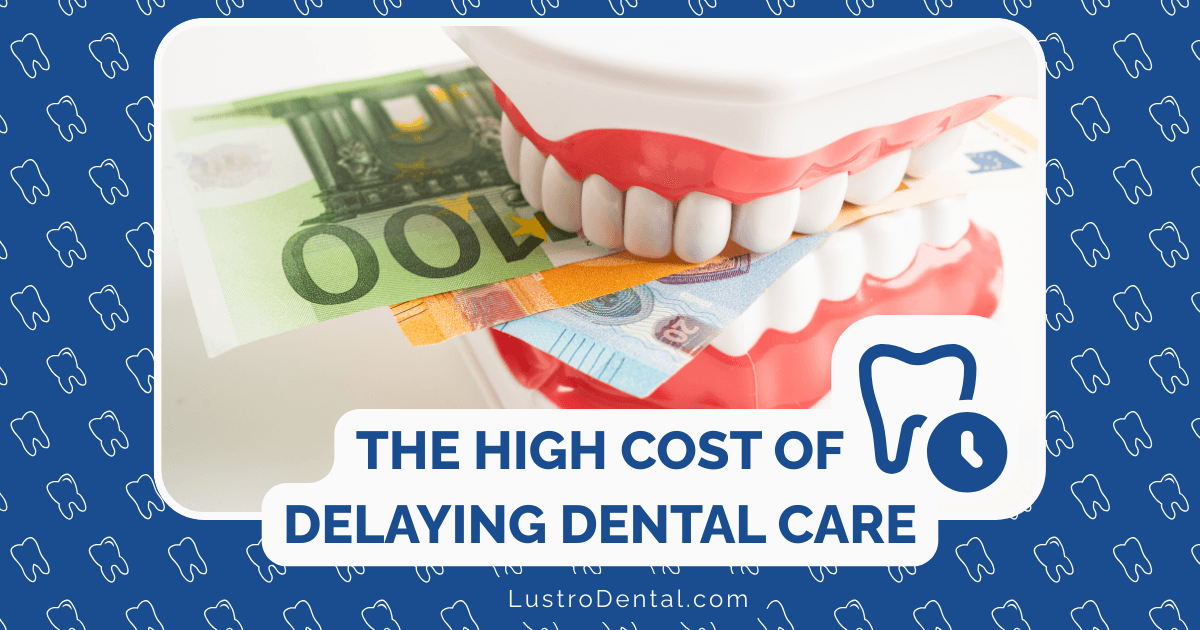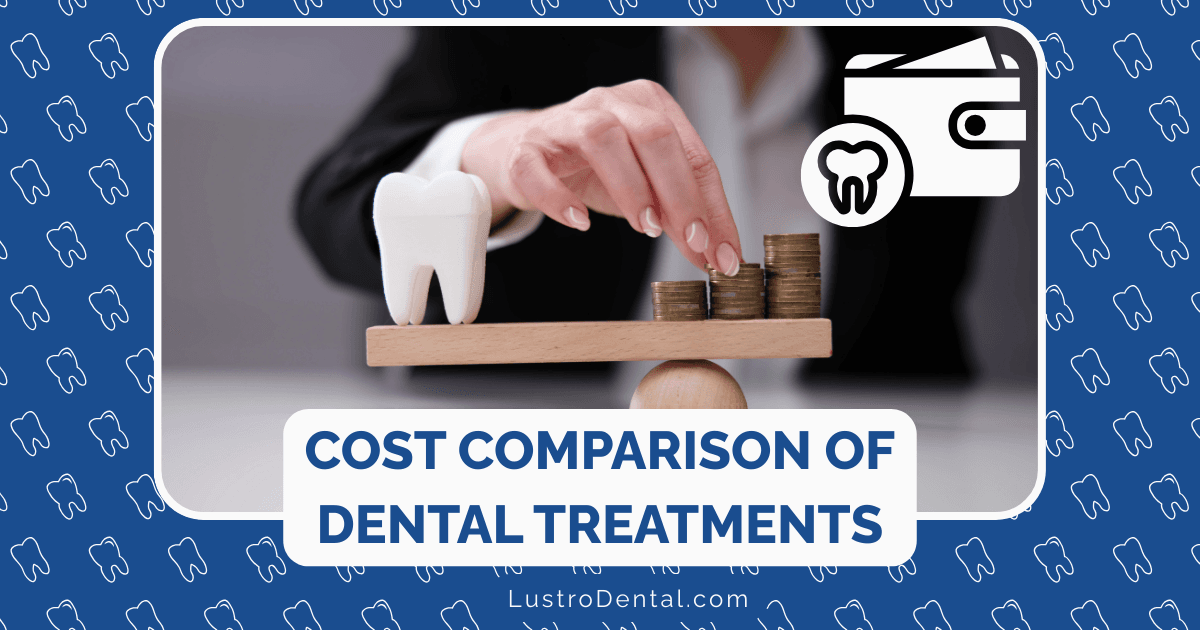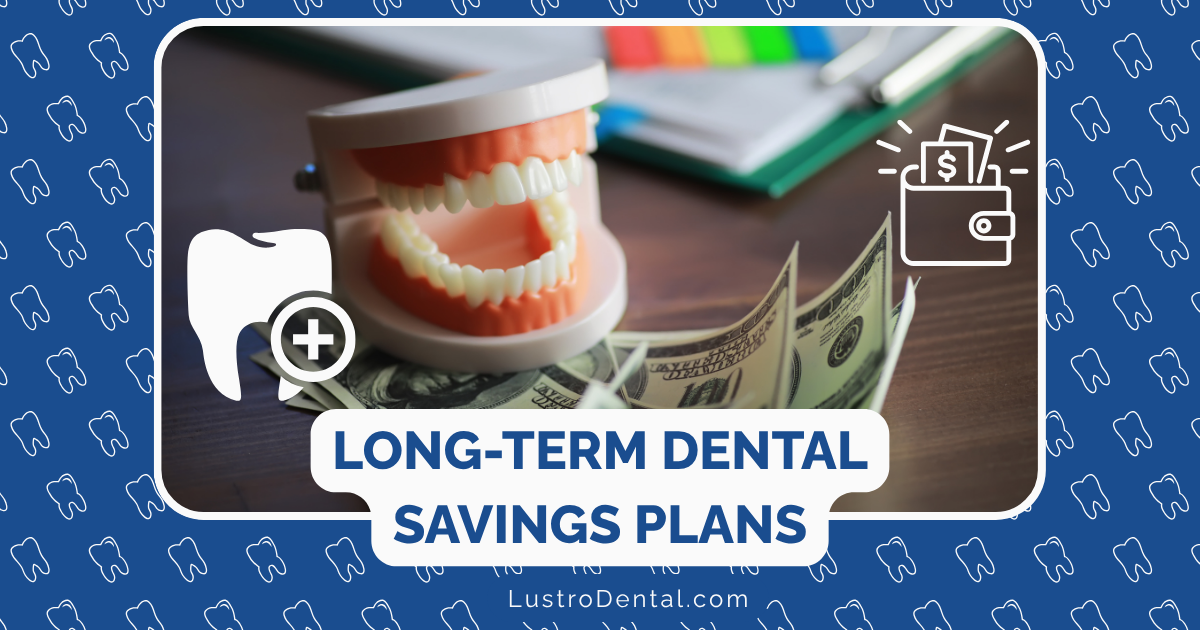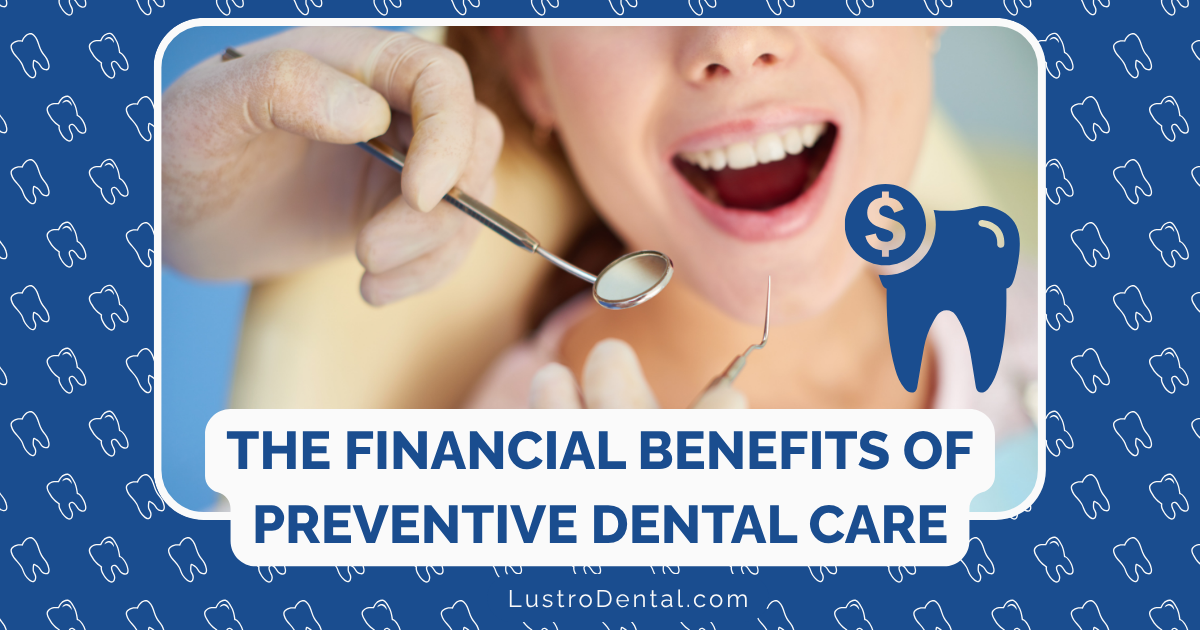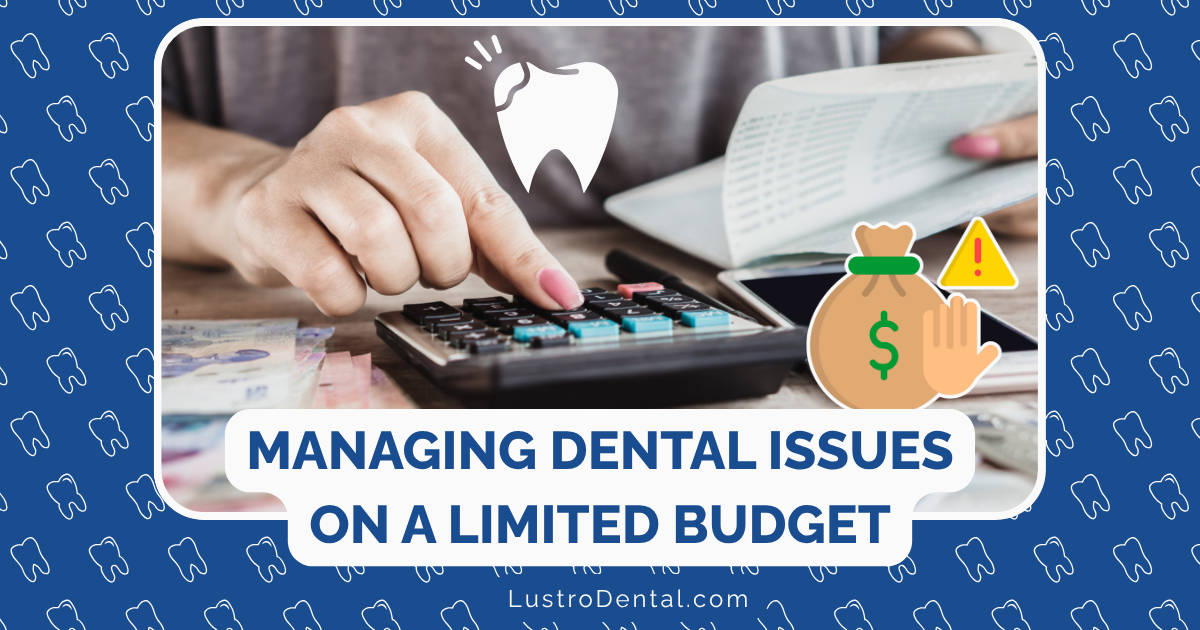The Fine Print: What Your Dental Insurance Probably Doesn’t Cover

You’ve been diligently paying your dental insurance premiums every month. You feel protected, covered, ready for whatever dental issues might come your way. But here’s the brutal truth—dental insurance isn’t really insurance at all. It’s more like a discount coupon with an expiration date and a ton of restrictions.
According to a report by the American Dental Association, nearly 40% of Americans who have dental insurance still avoid going to the dentist because of costs. That’s not a typo—people with insurance are skipping dental care because of money.
Why? Because what your dental insurance doesn’t cover could fill a book. Let’s rip off the band-aid and expose what’s hiding in that fine print.
The Annual Maximum: Your Coverage’s Glass Ceiling
Most dental insurance plans cap your annual benefits at $1,000 to $1,500. That might sound decent until you realize that:
- A single crown can cost $800-$1,500
- A root canal can run $700-$1,800
- Implants? $3,000-$4,500 per tooth
As Delta Dental points out, these annual maximums haven’t significantly increased since the 1970s, when they were first introduced at—wait for it—$1,000. Adjusted for inflation, that $1,000 in 1970 would be worth over $7,000 today.
But your coverage maximum? Still hovering around a grand.
Cosmetic Procedures: Looking Good Is Apparently Optional
Want to improve your smile with veneers or teeth whitening? Your insurance company basically says, “That’s cute—now pay up.”
Cosmetic procedures are almost universally excluded from dental coverage, including:
- Professional teeth whitening
- Veneers
- Cosmetic bonding
- Gum contouring
- Orthodontics for adults (in many plans)
The insurance industry draws a hard line between “medically necessary” and “cosmetic,” often ignoring the psychological and social benefits of having a smile you’re not ashamed of.
The Pre-existing Condition Gotcha
Unlike medical insurance post-ACA, dental plans can and do exclude pre-existing conditions. Missing a tooth before your coverage started? Many plans have a “missing tooth clause” that means they’ll never cover its replacement.
According to Cigna, other common pre-existing condition exclusions include:
- Ongoing orthodontic treatment started before your coverage
- Teeth that needed work before you got insurance
- Conditions diagnosed during your waiting period
Speaking of which…
Waiting Periods: Insurance That Isn’t Actually Insurance Yet
Buy a dental plan today, and you might not be able to use it for 6-12 months for anything beyond basic cleanings. These waiting periods are particularly common for:
- Major procedures (6-12 months)
- Basic restorative work (3-6 months)
- Orthodontics (12+ months)
During this time, you’re paying premiums for coverage you can’t fully use. It’s like buying a car but being told you can only drive it in the parking lot for the first year.
The 100-80-50 Coverage Structure: A Sliding Scale of Disappointment
Most dental plans follow what’s known as the “100-80-50” coverage structure:
- 100% coverage for preventive care (exams, cleanings)
- 80% coverage for basic procedures (fillings)
- 50% coverage for major procedures (crowns, bridges, root canals)
This means the more serious your dental issue, the less your insurance covers—precisely when you need the financial help the most.
Frequency Limitations: Too Much Prevention Is Apparently Bad
Insurance companies limit how often you can receive certain services:
- Cleanings: Usually covered twice per year, even though some people need more frequent cleanings
- X-rays: Typically limited to once every 3-5 years for full-mouth X-rays
- Fluoride treatments: Often covered only for children, not adults
- Sealants: Usually covered only for permanent molars in children
As the Journal of the American Dental Association has reported, these limitations often contradict best practices for preventive care, especially for high-risk patients.
Alternative Treatments: Only One Way to Fix a Problem
Need a crown? Your insurance might cover that. Prefer an inlay or onlay, which preserves more of your natural tooth? Sorry, many plans will only pay the equivalent of the “standard” treatment (the crown), leaving you to pay the difference—or just get the more invasive procedure.
Other examples include:
- Metal fillings covered, tooth-colored fillings partially covered or not at all
- Removable dentures covered, implant-supported options minimally covered
- Traditional braces covered (for children), clear aligners partially covered or excluded
The Network Trap: Choose Your Dentist, Lose Your Benefits
Many dental plans severely restrict benefits if you see an out-of-network dentist. Some plans offer no coverage whatsoever outside their network.
According to research from the Kaiser Family Foundation, the average reimbursement for out-of-network care is 30-40% less than in-network care, and that’s if they cover it at all.
The “Alternate Benefit Provision”: The Ultimate Loophole
This little-known clause allows insurance companies to pay for the least expensive treatment option, even if your dentist recommends a different procedure.
For example, if you need a crown, but the insurance company decides a filling would suffice, they’ll only pay for the filling—even if your dentist believes a crown is necessary for the long-term health of your tooth.
What You Can Do About It
Despite these limitations, there are ways to maximize what coverage you do have:
1. Know Your Plan Inside and Out
Request a complete benefits explanation from your insurance company. Know exactly what’s covered, what isn’t, and what the limitations are.
2. Time Your Treatments Strategically
If you’re approaching your annual maximum, consider delaying non-urgent treatments until your benefits reset.
3. Consider Supplemental Options
- Dental discount plans: These aren’t insurance but provide discounts of 10-60% with no annual maximums.
- Health Savings Accounts (HSAs): Use pre-tax dollars to pay for dental expenses not covered by insurance.
- Care Credit or dental financing: These options spread payments over time for larger procedures.
4. Preventive Care Is Your Best Insurance
The most economical dental care is preventing problems before they start. Even with insurance limitations, don’t skip those cleanings and check-ups.
The Bottom Line
Dental insurance has significant limitations that often surprise patients when they need care the most. Understanding these limitations is the first step toward planning for your dental health needs and avoiding unexpected costs.
Remember, your oral health is connected to your overall health. Studies from the Mayo Clinic have linked poor oral health to heart disease, pregnancy complications, and other serious conditions.
So while your dental insurance might view your teeth as luxury bones that don’t deserve the same coverage as the rest of your skeleton, you shouldn’t make the same mistake.
What surprising dental insurance exclusions have you encountered? Share your experiences in the comments below!


